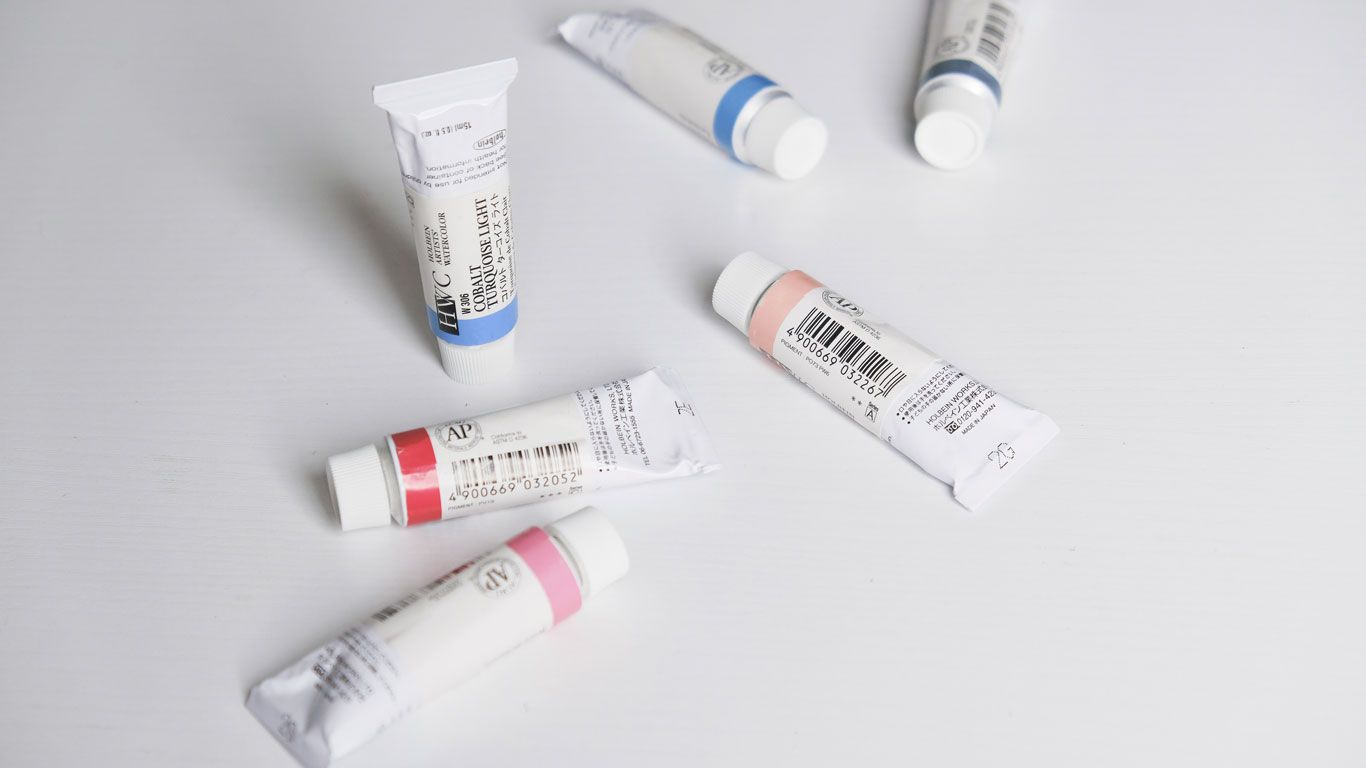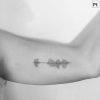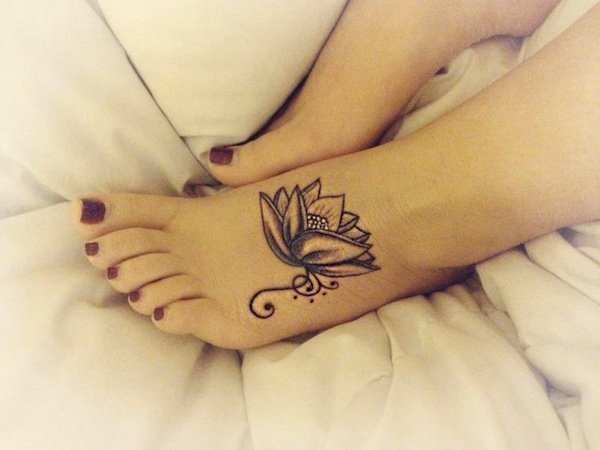Getting a tattoo is an important decision that involves several considerations, one of which is the discomfort associated with the process. A common question that arises is: "Can I use anesthesia before getting a tattoo?" This article aims to address that question.
Types of anesthesia
The main types of anesthesia used before tattoos are topical anesthetic creams and local injections. The creams usually contain lidocaine or benzocaine and are applied to the skin about 30 minutes before the tattoo. Local injections, on the other hand, involve the direct application of anesthetics such as lidocaine to the area to be tattooed. Each method has pros and cons that should be evaluated.
Medical consultation
It is crucial to consult a doctor before using any type of anesthesia for tattoo. This is because some people may have allergies or pre-existing conditions that prevent them from using anesthetics safely. For example, people with atopic dermatitis, eczema or psoriasis may have allergic reactions. People with diabetes, heart disease or circulatory disorders also need prior medical assessment. The doctor will be able to indicate the best type of anesthesia, if any.
The tattoo artist's opinion
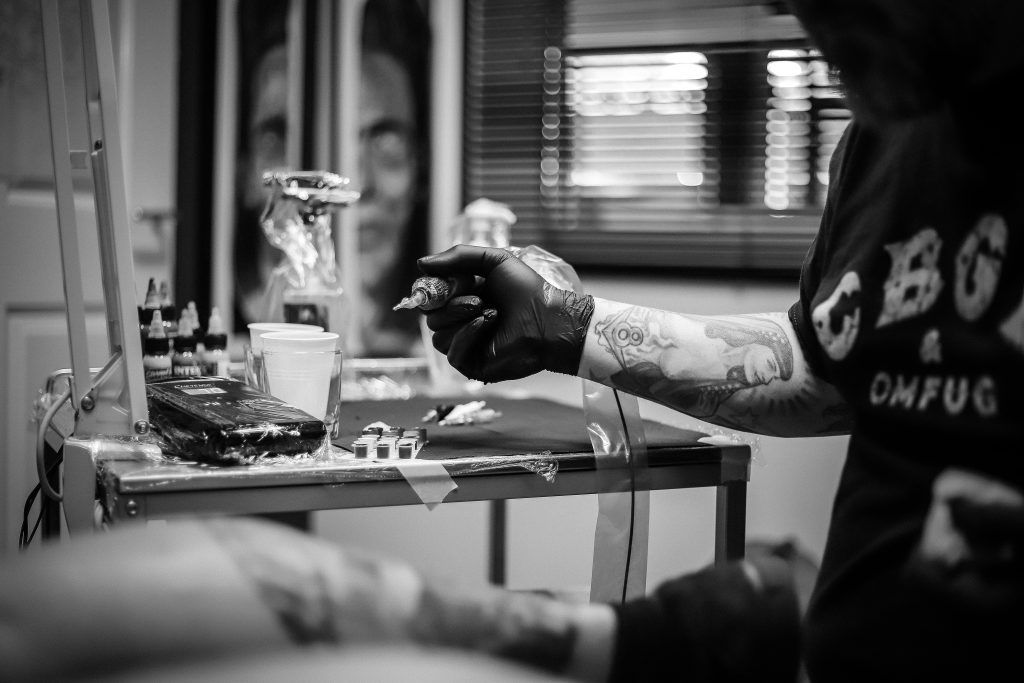
Tattooists' opinions on the use of anesthesia vary. Some believe that anesthetic creams can have an impact on the quality of the tattoo, as they can dilute and spread the ink. Local injections, on the other hand, are less worrying in this respect. Other tattoo artists see no problem with topical anesthesia if applied sparingly. Talking frankly with your tattoo artist about your concerns and options is essential to deciding on the most suitable method.
Side effects
The use of local and topical anesthetics carries risks such as temporary redness, mild swelling, itching and burning at the site. In rare cases, a serious allergic reaction or infection can occur. Correctly following the instructions for use and post-procedure care can greatly reduce these risks. But they need to be considered when deciding on anesthesia.
Post-anesthesia care
If anesthesia is used for the tattoo, it is vital to follow the doctor's or tattoo artist's care instructions after the procedure to avoid complications. This includes proper cleaning, wearing bandages, avoiding sun exposure, not scratching or touching the area and consulting a doctor if signs of infection appear. Correct post-tattoo care is also essential for healing.
Conclusion
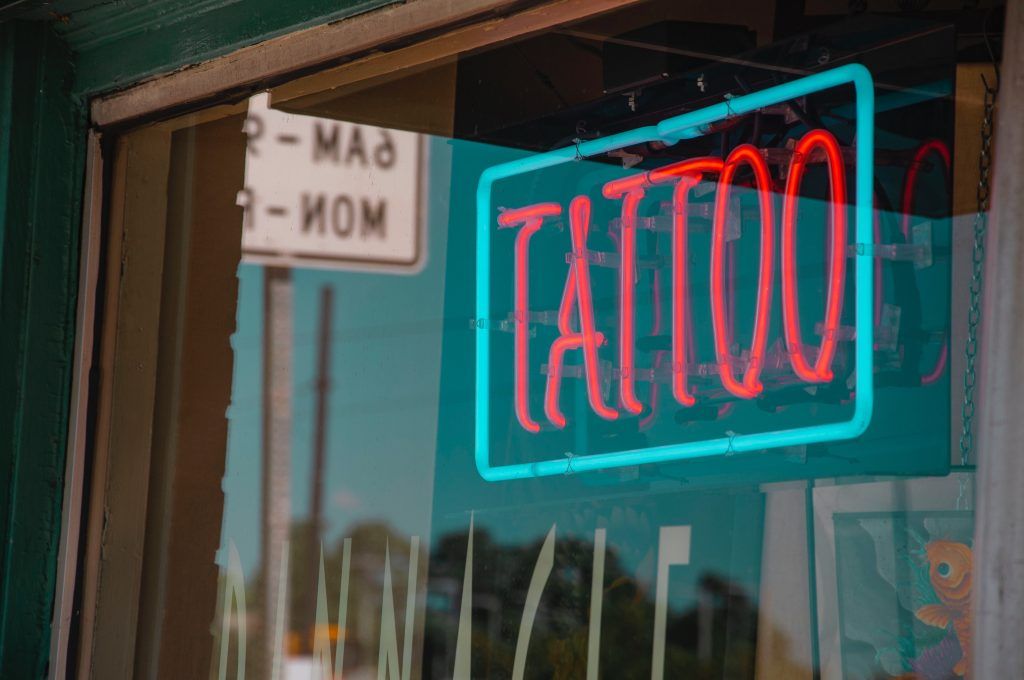
The use of anesthesia before getting a tattoo is a personal decision that requires careful consideration and consultation with qualified professionals. Make sure you weigh up all the options and risks before going ahead with any method of relieving discomfort.

